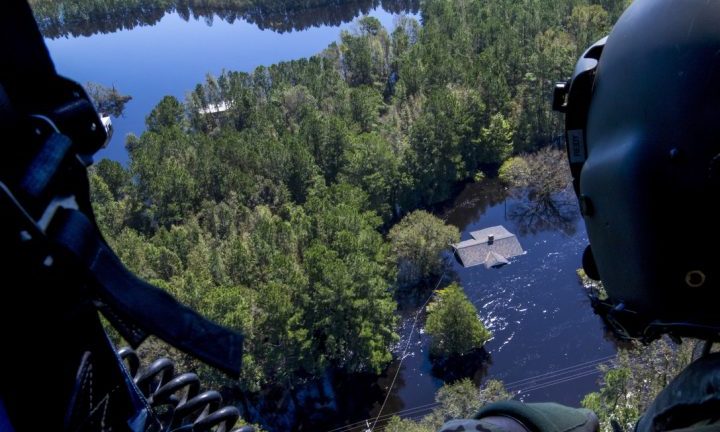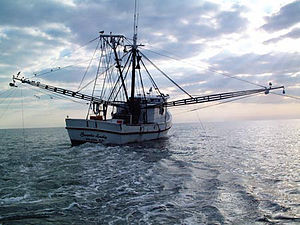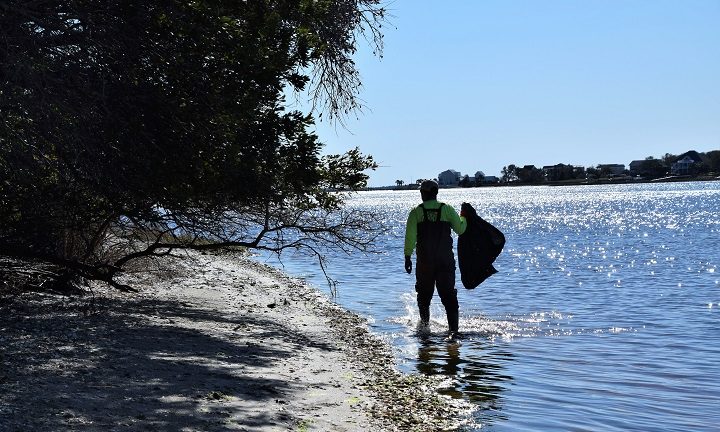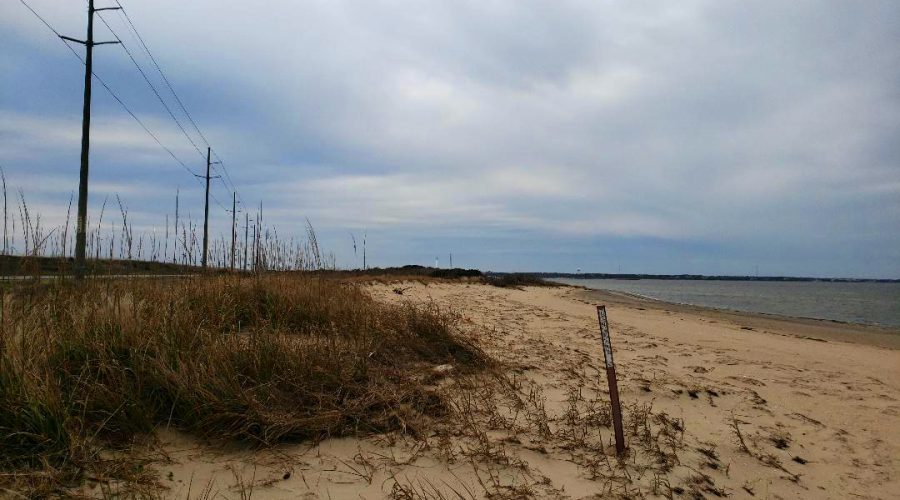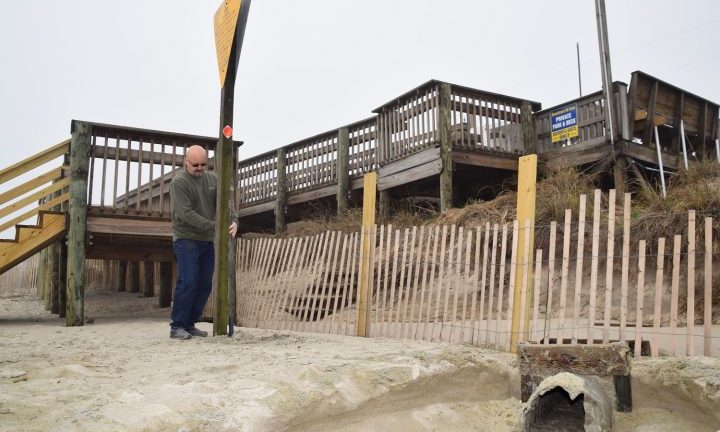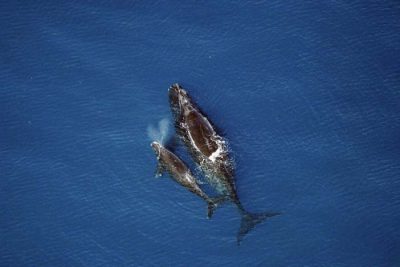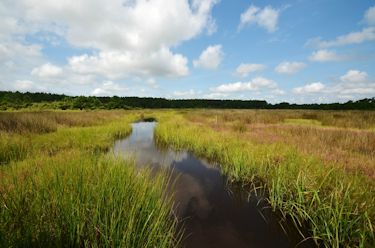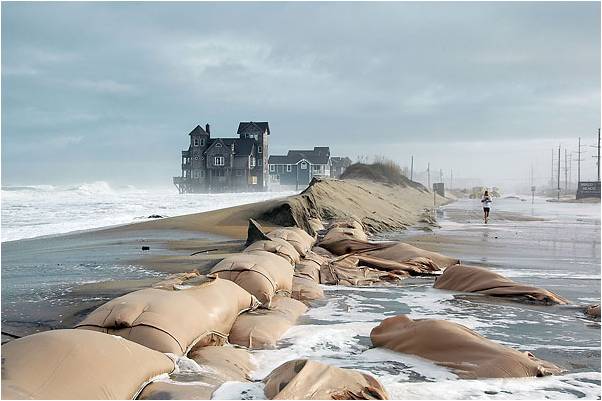Topsail Island officials, with support from the state’s congressional delegation, are calling for changes that would once again allow use of a longtime source of sand for beach renourishment projects.
Archives
Court Approves Chemours Consent Order
The revised consent order filed last week by NCDEQ requiring Chemours Co. to address PFAS contamination, including GenX, in the Cape Fear region from its Fayetteville Works facility, was approved Monday.
New Oregon Inlet Bridge Now Open to Traffic
The North Carolina Department of Transportation opened at 12:20 p.m. Monday the new, 2.8-mile bridge spanning Oregon Inlet, the replacement for the 1963 Herbert C. Bonner Bridge.
Cooper Announces Funds for Recovery
Gov. Roy Cooper’s administration announced Thursday that help from the state is available for local governments recovering from Hurricane Florence, with more than $7 million already awarded.
NPS Commercial Services Open Houses Set
The National Park Service is holding in March commercial services orientations and open houses on Hatteras, Ocracoke, and Roanoke islands to provide details about the Commercial Use Authorization programs at national parks.
Commercial Fishing Assistance Offered
The state Division of Marine Fisheries is contacting fishermen who are eligible to participate in the Hurricane Florence Commercial Fishing Assistance Program based on their October and November landings.
Watermen Continue Marine Debris Cleanup
A group of commercial fishermen have started work on a state-funded program to clean up debris left scattered across marshes and islands by Hurricane Florence.
New Hatteras Parking Areas to Open in May
The new Buxton Day Use Area and Kite Point access, both at Cape Hatteras National Seashore, are scheduled to be open by Memorial Day.
Sunset Scene at The Point
The sunset casts a golden glow over the beach earlier this week at the Point, the westernmost tip of Emerald Isle on Bogue Banks in Carteret County. Photo: Sam Bland
Man Behind Swim Advisory Signs Signs Off
Praised as a gifted scientist with people skills, J.D. Potts is set to retire next week as head of the state agency that monitors coastal recreational water quality.
Groups Move to Block Start of Seismic Tests
Conservation groups including the North Carolina Coastal Federation have filed in federal court a motion to block seismic surveys from beginning until a separate lawsuit is resolved.
WOTUS Rollback: ‘No Wetlands, No Seafood’
Guest columnists and North Carolina watermen Morty Gaskill and Ryan Bethea write that the EPA’s rollback of water quality protections threatens the state’s seafood industry.
Climate Change Workshop April 1-3
Registration is open now for the Southeast and Caribbean Climate Community of Practice Workshop scheduled for Monday, April 1, through Wednesday, April 3, at The Blockade Runner in Wrightsville Beach.
Talk Set on Climate Change and the Military
Retired Marine Corps Brig. Gen. Stephen Cheney, Wilmington Mayor Bill Saffo and retired Navy Capt. Terry Bragg will lead a discussion Feb. 26 in Wilmington of how N.C. military installations and military families are affected by climate change.
Group to Honor Etheridge, Life-Saving Crew
The Pea Island Preservation Society is set to present “Freedmen, Surfmen, Heroes: The Unique Story of Richard Etheridge and the Pea Island Life-Savers,” Saturday on Roanoke Island and in Duck.
DOE Seeks to Spur Lithium-Ion Recycling
In celebration of National Battery Day, Feb. 18, the U.S. Department of Energy is touting a new research center and offering cash awards for designs to profitably recycle lithium-ion batteries.




